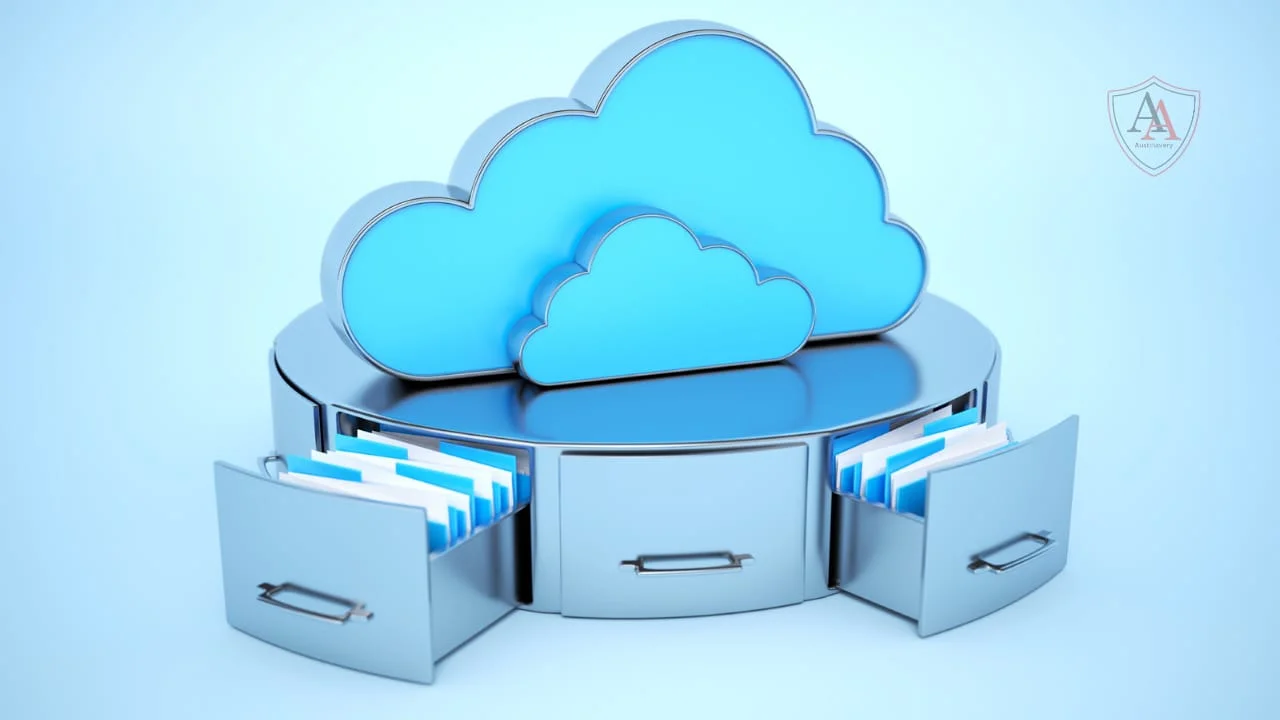Archivebate: The Ultimate Guide to Digital Archiving for Individuals and Businesses
3 min read
Introduction
Digital archiving is crucial for preserving important data and ensuring its accessibility over time. Whether you are an individual looking to organize personal files or a business aiming to maintain a comprehensive record of operations, this guide provides essential strategies, tools, and best practices for effective digital archiving.
Chapter 1: Understanding Digital Archiving
What is Digital Archiving?
Digital archiving involves the systematic preservation of digital files to ensure they remain accessible and usable in the future. It encompasses the storage, organization, and maintenance of data.
Why is Digital Archiving Important?
- Data Preservation: Protects valuable information from loss or degradation.
- Compliance: Ensures adherence to legal and regulatory requirements.
- Efficiency: Improves access to historical data for reference and decision-making.
Chapter 2: Setting Up Your Digital Archive
Assessing Your Needs
- Scope of Data: Identify what types of data need archiving (documents, emails, images, videos).
- Volume of Data: Estimate the amount of data to determine storage requirements.
- Accessibility Requirements: Consider who needs access and how often.
Choosing the Right Storage Solutions
- Local Storage: External hard drives, NAS (Network Attached Storage).
- Cloud Storage: Services like Google Drive, Dropbox, Amazon S3.
- Hybrid Solutions: Combining local and cloud storage for redundancy.
Organizing Your Data
- File Naming Conventions: Use clear, consistent names that describe the content.
- Folder Structure: Create a logical hierarchy to categorize files.
- Metadata: Add descriptive tags and information to enhance searchability.
Chapter 3: Tools and Software for Digital Archiving
File Management Systems
- Document Management Systems (DMS): Examples include SharePoint, DocuWare.
- Digital Asset Management (DAM): Tools like Adobe Experience Manager, Canto.
Backup Solutions
- Automated Backup Software: Acronis True Image, Backblaze.
- Cloud Backup Services: iDrive, Carbonite.
Data Integrity and Security Tools
- Encryption: Tools like VeraCrypt, BitLocker.
- Checksum Tools: MD5, SHA-256 utilities for verifying data integrity.
Chapter 4: Best Practices for Digital Archiving
Regular Backups
- Schedule: Establish a regular backup schedule (daily, weekly, monthly).
- Redundancy: Maintain multiple copies in different locations.
Data Validation
- Regular Audits: Periodically check the integrity and accessibility of archived data.
- Checksum Verification: Use checksums to detect any data corruption.
Security Measures
- Access Controls: Limit access to sensitive data based on user roles.
- Encryption: Encrypt data both at rest and in transit.
Chapter 5: Digital Archiving for Businesses
Legal and Compliance Considerations
- Regulatory Requirements: Understand laws like GDPR, HIPAA, and their implications.
- Retention Policies: Establish policies for how long different types of data should be kept.
Implementing a Digital Archiving Strategy
- Stakeholder Involvement: Engage key stakeholders in planning and implementation.
- Training and Awareness: Educate employees on archiving practices and policies.
Case Studies
- Case Study 1: A small business implementing a cloud-based archiving system.
- Case Study 2: A large corporation utilizing a hybrid approach to archiving.
Chapter 6: Future Trends in Digital Archiving
Emerging Technologies
- Blockchain: For immutable and tamper-proof record-keeping.
- Artificial Intelligence: AI for automated data classification and retrieval.
Sustainability in Archiving
- Green Storage Solutions: Energy-efficient storage options.
- Digital Minimalism: Practices to reduce digital clutter and storage needs.
Conclusion
Effective digital archiving is essential for preserving data, ensuring compliance, and maintaining operational efficiency. By understanding the principles, choosing the right tools, and implementing best practices, both individuals and businesses can create robust digital archives that serve their long-term needs.





